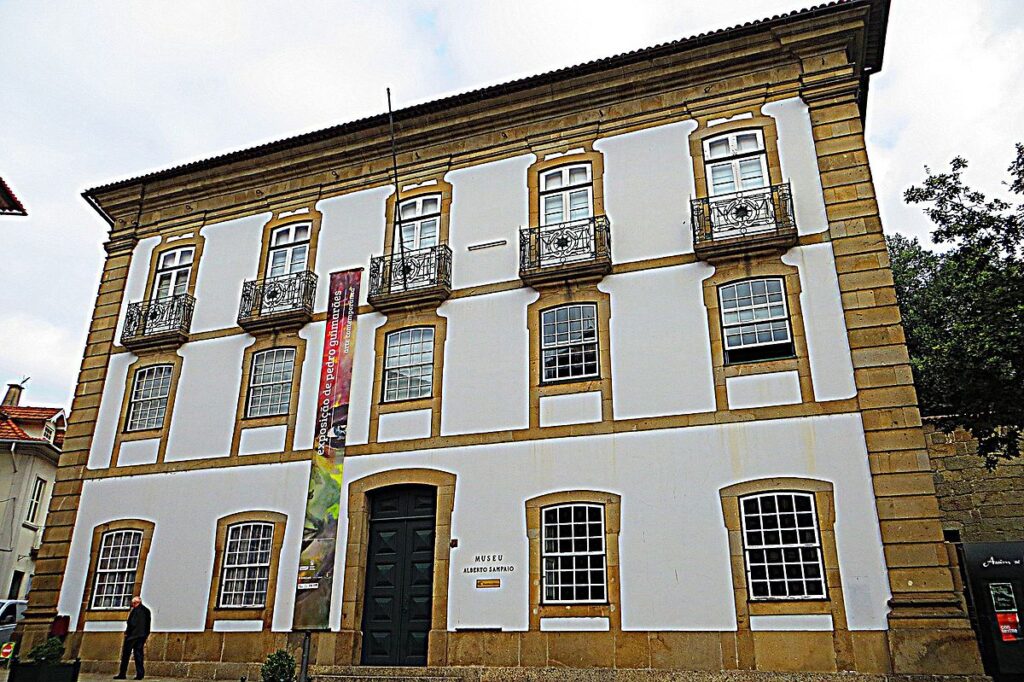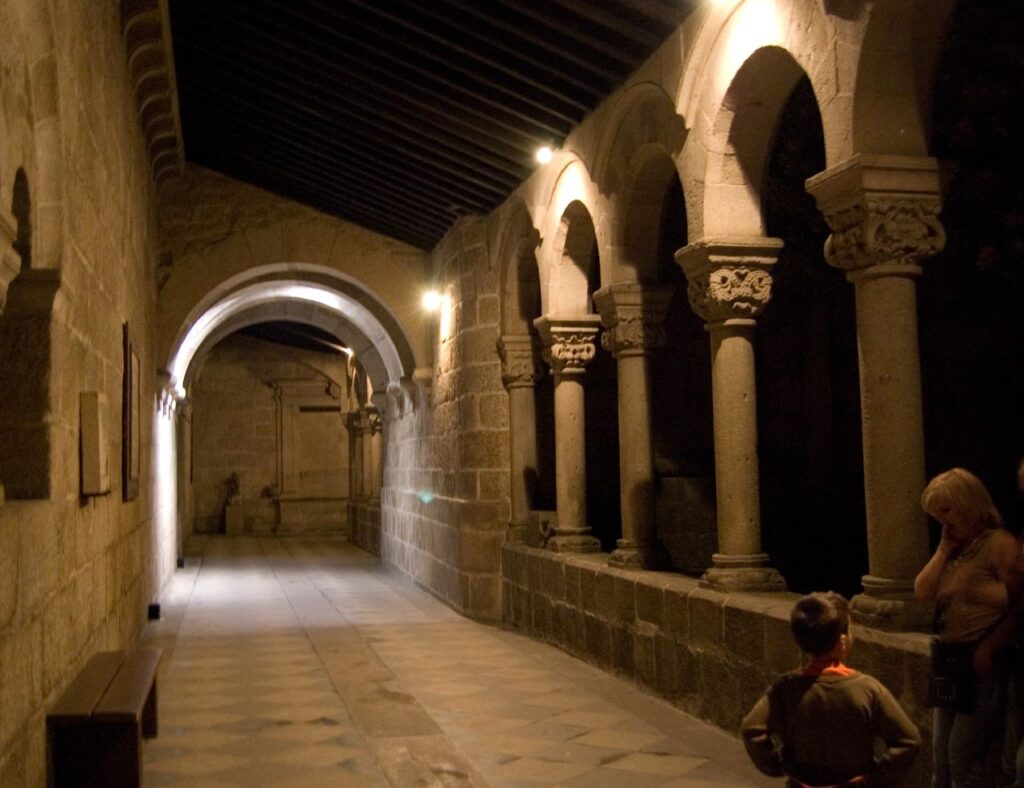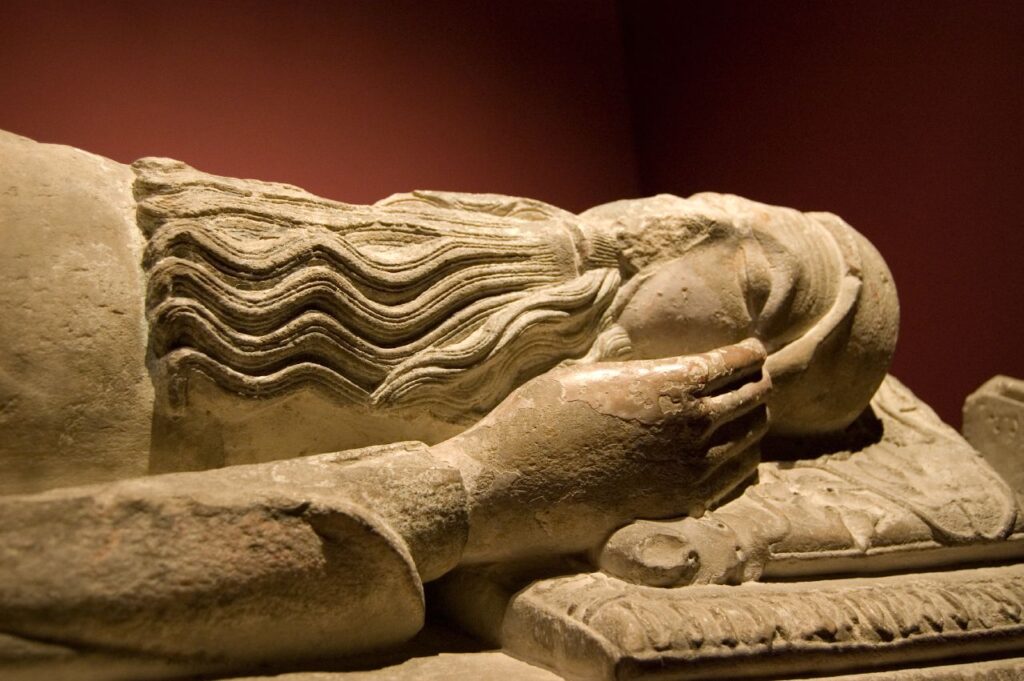The Museu de Alberto Sampaio was created in 1928 to house the artistic collection of the extinct Collegiate Church of Nossa Senhora da Oliveira and other churches and convents of Guimarães, then held by the State (Decree Law No. 15209 of March 17, 1928) . On that date, Alfredo Guimarães was appointed State delegate to monitor the restoration works of the Museum building. On August 1, 1931, the Alberto Sampaio Regional Museum is officially opened. On July 26, 1932, a new Decree-Law was issued that defines and normalizes the functional status of the Museum. On October 19, 1932, Alfredo Guimarães is officially appointed Director of the Museum.
The Alberto Sampaio Museum is located in the heart of the historic center of Guimarães, where Countess Mumadona, in the 10th century, ordered the construction of a monastery. Initially being a double monastery, early, at the dawn of the century. XII, became a Collegiate, having then undergone renovation works. However, it is during the reign of D. João I that important works to expand and improve the buildings of the Collegiate began, having this king started and completed the construction of a new Church dedicated to Santa Maria de Guimarães. In the century. XVI, the church, cloister and Casa do D. Prior undergo important renovation works. In the following centuries, the Church is a constant stage of changes and additions, and the works carried out at the end of the 18th century in Casa do Cabido, a building that today functions as the main entrance to the Museum, are also significant. When the buildings belonging to the Collegiate Church of Nossa Senhora da Oliveira pass into the hands of the State, an important set of works is carried out with a view to adapting the building. On May 14, 1928, work began on adapting the cloister and the 1st floor of the Casa do Priorado.
In 1935, the adaptation works of the building were completed, and it now has, as an exhibition space for its collections, the Cloister and five more rooms. In addition to these, there are three other rooms that function as a library, administrative services and collection of the Museum. In the sixties, the General Directorate of Buildings and National Monuments of the North, carried out works of conservation and restoration of the entire building of Casa do Priorado and Casa do Cabido.
In 1967, after several years of work, the new spaces were inaugurated, with the Museum now able to count on modern services, with a conference room, and with rooms for temporary exhibitions.
Between 1999 and 2004, the Museum underwent restoration and remodeling works, gaining a new look: the museum’s reception and shop were renovated, as well as the exhibition spaces.






